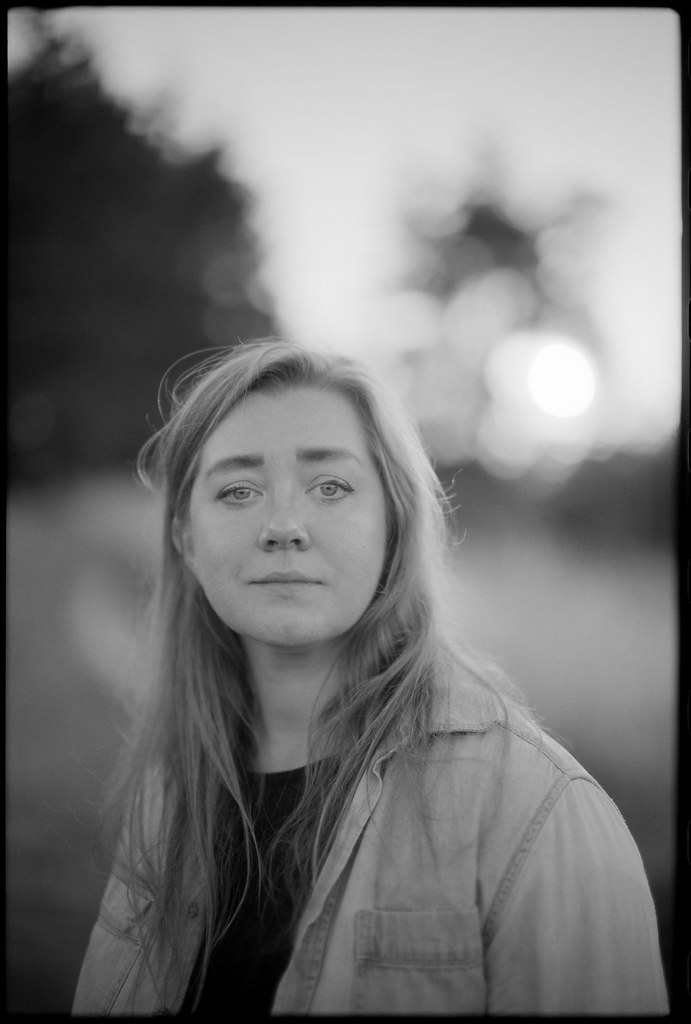Cyriljay
Leica Like
It should be T-Max 100 ASA and not TrI-X ( Tri X ia always 400 ISO )Oh sorry my apologies and It is right.
CyrilJ..... "Where as Tri-X 100 ASA didn't have"..... there was/isn't a Tri-X 100.... what exactly did you mean please?
It should be T-Max 100 ASA and not TrI-X ( Tri X ia always 400 ISO )Oh sorry my apologies and It is right.
CyrilJ..... "Where as Tri-X 100 ASA didn't have"..... there was/isn't a Tri-X 100.... what exactly did you mean please?

Erik, I wouldn't choose ISO 100 for indoor photos either. Here's one with my (new) Mamiya 6, shooting from a covered balcony. Ilford FP4+... f4 @ 1/60th. The Mamiya lenses are very sharp, maybe sharper than i'd like for portraits..... almost wide open takes the edge off. Of course there are no constraints on personal choice, but as with everything, all choices inevitably have some element of compromise. You all have shelves of cameras and lenses....but one film is the answer?? 😉When this shot would have been done on a slower film, I would have had more problems with the light parts in the background. Now I could print them with a very light grey tone instead of with pure white. This works less flat IMO. Tmax400 in Perceptol. Paper: Ilford MGFB classic glossy.
gelatin silver print (cooke amotal 50mm f2) leica mp
C.v.R, 2023
Erik.
View attachment 4823407

For medium format I recall watching a video comparison and found it to share here. Interestingly not so much difference, it is however scan based:
I've just shot Delta and Acros in the 6x9 and it's hard to use the grain focuser. Medium format and not so large prints sometimes it's nicer with ISO 400 as the grain adds a bit of acutance and texture, depending on the subject. Unlike the Mamiya 6 series, I'd say the Fujinon 90mm is a bit softer and ironically the fine grained films seem to lack the crunch. I also tend to print low contrast and should use harder grades more

My greatest joy from Ilford odd- format sale was FP4+ in 4"x10" and 5x7"Some of us do it because Ilford's annual odd-format sale only has HP5+ available for 46mm roll-film size! It's great for rerolling into 127 rolls but I'd sure like a 100 speed film since my 1938 baby rolleiflex isn't so hot with the fastest shutter speeds.
Thank you ErikBeautiful portrait, Deardorff! Great to see a portrait by you.
Erik.
 Dad by Jim Fischer, on Flickr
Dad by Jim Fischer, on Flickr Dad by Jim Fischer, on Flickr
Dad by Jim Fischer, on Flickr Jenny by Jim Fischer, on Flickr
Jenny by Jim Fischer, on Flickr Eben by Jim Fischer, on Flickr
Eben by Jim Fischer, on Flickr
